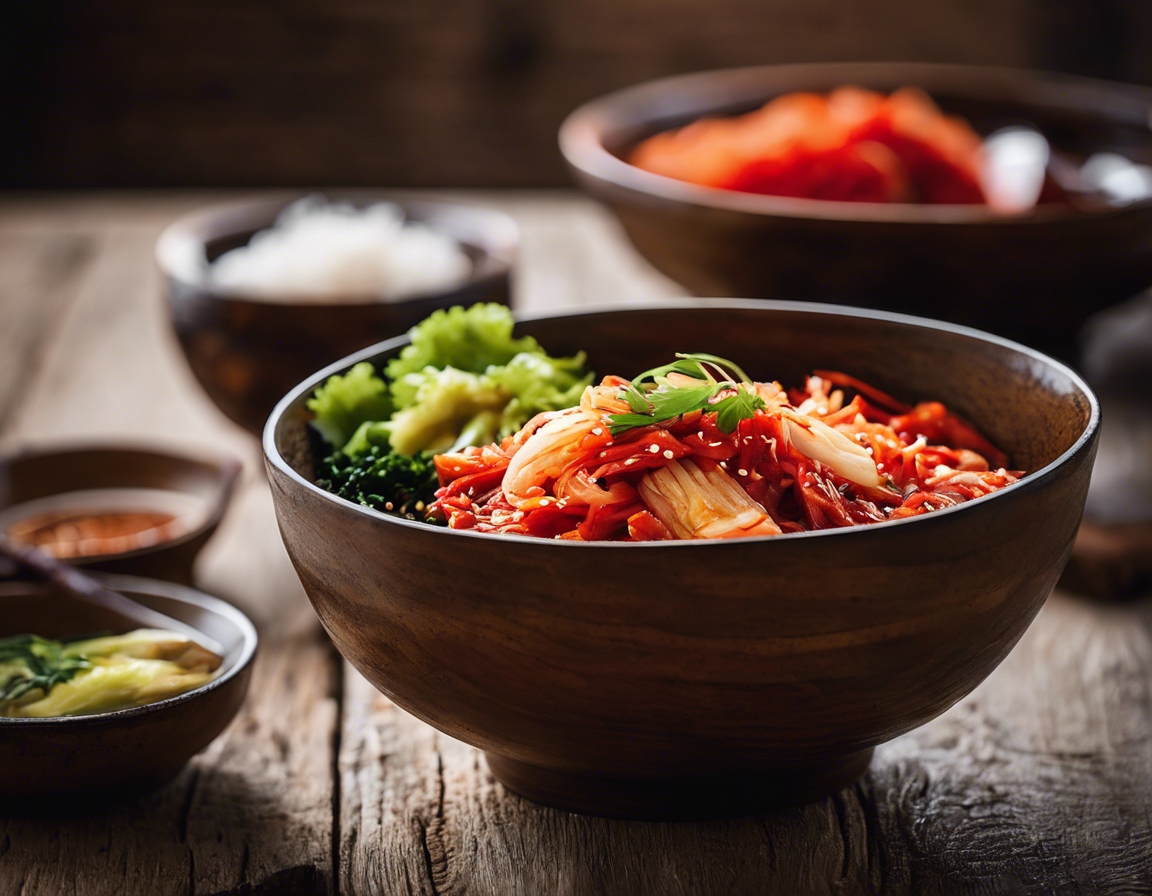Kimchi: the superfood you should be eating
Kimchi is a traditional Korean side dish made from fermented vegetables, most commonly napa cabbage and Korean radishes, with a variety of seasonings including chili powder, garlic, ginger, and jeotgal (salted seafood). It's a staple in Korean cuisine, known for its distinctive flavor, which can range from mildly tangy to intensely spicy.
The origins of kimchi can be traced back to ancient Korea, where it began as a way to preserve vegetables for the winter months. Over time, it has evolved into a cultural symbol with hundreds of varieties, each region boasting its own unique recipe.
The Health Benefits of Kimchi
Kimchi is packed with essential nutrients, including vitamin A, vitamin B1, vitamin B2, and vitamin C. It's also rich in minerals like potassium, calcium, and selenium, contributing to overall health and well-being.
The fermentation process of kimchi produces beneficial probiotics that are known to aid in digestion and enhance gut health. These live bacteria can help balance the gut microbiome, which is crucial for a healthy digestive system.
Kimchi contains antioxidants that help fight oxidative stress and may reduce inflammation in the body. This can lead to a reduced risk of chronic diseases such as heart disease and cancer.
With high dietary fiber content and low calories, kimchi is an excellent food for weight management. The fiber helps keep you full, while the probiotics improve digestion.
The combination of vitamins, minerals, and probiotics in kimchi provides a boost to the immune system, helping the body to fight off infections and diseases.
Culinary Uses of Kimchi
Kimchi is a versatile ingredient that can be used in a variety of traditional Korean dishes, such as kimchi jjigae (stew) and kimchi bokkeumbap (fried rice).
Chefs around the world are incorporating kimchi into innovative dishes, showcasing its versatility beyond Korean cuisine.
For our food enthusiasts who adore Japanese cuisine, kimchi can be a delightful addition to many dishes. Its bold flavor complements the subtlety of sushi and can add a unique twist to your favorite Japanese meals.
How to Incorporate Kimchi into Your Diet
Kimchi can be enjoyed on its own, as a side dish, or added to recipes for an extra kick of flavor and nutrition.
There are numerous recipes available for those looking to experiment with kimchi in their home cooking. From stews to pancakes, kimchi can spice up any meal.
Proper storage and fermentation are key to creating delicious kimchi. It can be stored in the refrigerator for several weeks, and the flavor will continue to develop over time.






Comments (0)